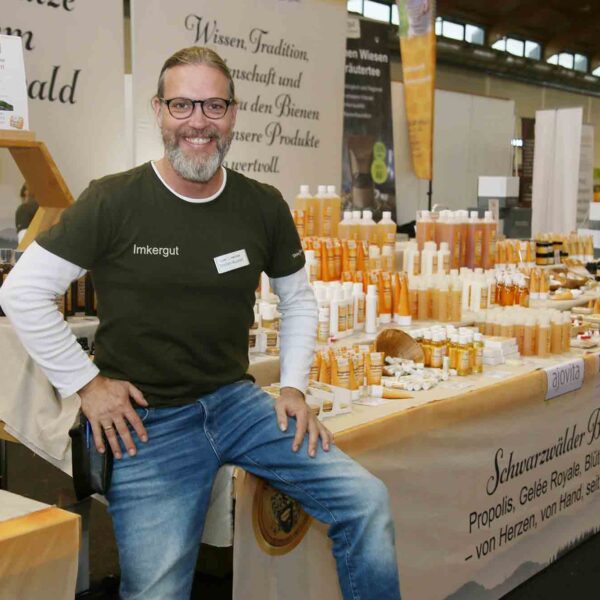Scientists participating in an international research project have for the first time examined the tiny environmental DNA ‘footprints’ of insects to gather information on their activities and the state of biodiversity.
Biologists from the University of Copenhagen, Denmark, the British Wellcome Sanger Institute and other institutions are optimistic that their findings could provide new insight into how to protect crops and insect populations against threats like climate change.
The research team’s investigation is regarded as the first time DNA data were used alongside visual observations.
It took place as part of the multinational BEESPOKE project. Involving researchers and decision-makers from seven North Sea Region countries, the EUR 4.8 million (GBP 4.2 million) funded initiative aims at developing new products and achieving an increase in pollinator diversity.
The scientists compared the variety of insects using the genetic method together with visual observation in four apple orchards in Denmark which featured between seven and 20 trees each.
They managed to identify several pest species and discovered how profoundly important solitary non-bee pollinators like flies (Diptera) really are. Their impact on pollination has been underestimated, according to the BEESPOKE scientists.

Nerea Gamonal Gomez is a biologist and entomologist at Copenhagen University and the study’s first author.
She said: “A high level of insect biodiversity protects an environment against certain threats, therefore monitoring these levels is necessary to see if and when intervention is needed.
“Our study showed that eDNA adds a lot of value when compared to visual collecting techniques. This isn’t to say that a visual census is unnecessary. In fact, having an understanding of the insects in an area from observational techniques can provide prior knowledge of the specific community being assessed, making it a valuable complementary tool.”
University of Copenhagen laboratory technician Didde Hedegaard Sorensen also participated in the research. She explained: “Our study details the techniques used to extract environmental DNA left on apple flowers and we hope that it encourages the use of eDNA in future research.”
Copenhagen University’s Organismal Biology Professor Lene Sigsgaard emphasised: “The exciting thing about this study is that it can have an immediate, real-world impact on agricultural systems. The results and techniques in our study can be used to inform management practices such as the type of pest control used, the orchard design, and what additional floral resources surround the crops.”
Prof Sigsgaard added: “With more knowledge of the pollinators in apples and other crops, we can begin to provide tailormade flower mixes for individual crops and improve our knowledge on the value of the surrounding landscape for wild pollinators.”
Dr Physilia Chua from the Wellcome Sanger Institute in Hinxton near Cambridge, United Kingdom, said the results of the scientific examination “can assist farmers in managing their crops against the rising threats of reduced pollinators.”
Environmental DNA could be used to investigate the biodiversity in agricultural landscapes beyond apple orchards, she claimed.
Dr Chua said the procedure was “a fast and non-invasive way to gain more knowledge about the world around us.”
She concluded: “We hope this research can help our society become as environmentally friendly as possible, protecting our biodiversity, food sources and livelihoods.”











